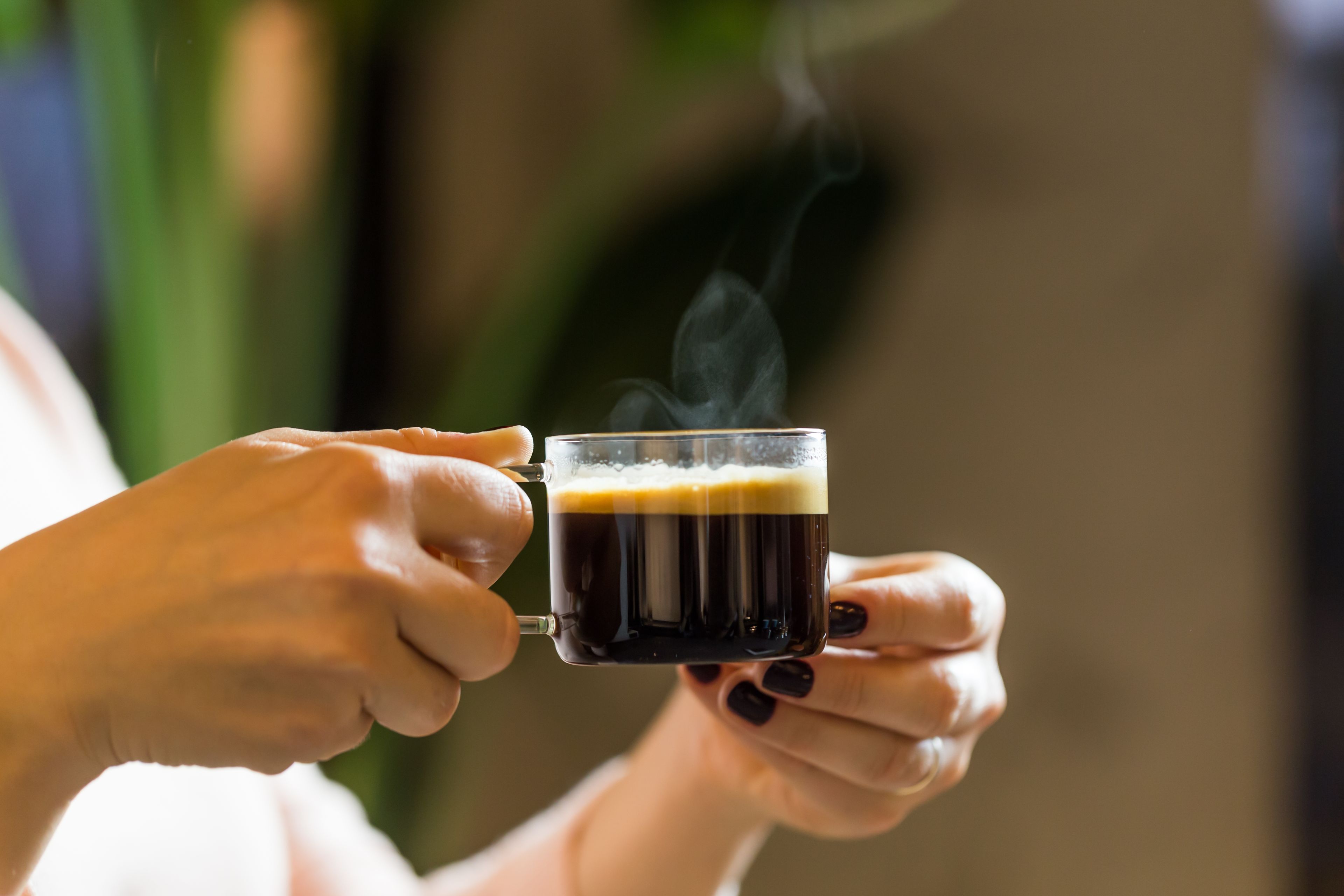
Prevention
Non-Fire Cooking Burns
Not all cooking burns come from fire. Many happen from contact with hot objects, food, or liquids. Learn how to protect yourself and loved ones, especially young children, from these common, often overlooked injuries.
Download PDFFind a Burn CenterBurn First Aid
What Are Non-Fire Cooking Burns?
Most cooking burns happen from touching or spilling hot food, cookware, or liquids, not from open flames.
Ranges and ovens are the most common equipment involved. Only about 14% of burns from them come from fire itself.
Even tableware like bowls or cups can get hot enough to burn skin.
Safety Tips in the Kitchen
Keep hot foods and liquids away from the table and counter edges.
Create a “kidfree zone” at least 3 feet (1 meter) around the stove and places where hot food or drink is prepared or carried.
Never hold a child while cooking, drinking a hot liquid, or carrying hot food.
Use oven mitts or potholders and turn pot handles inward so they’re harder to bump.
Why Children Are at Greater Risk
Children under five comprise about 6% of the population, but a much higher share of non-fire burn injuries from cooking equipment, cookware, and tableware.
Thinner skin in young children burns faster and deeper.
Even if children under five are a small share of home cooking fire deaths and injuries, burns from hot food and drinks remain a leading risk.
By the Numbers
Most burns linked to cooking (2013–2017) were caused by contact with hot objects or liquids, not fire or flame.
Home cooking fires still caused serious harm: about 530 deaths and 5,270 injuries in reported home structure fires.
Source: U.S. Consumer Product Safety Commission’s National Electronic Injury Surveillance System (2018 data).

Disclaimer and Usage
© 2025 American Burn Association. All rights reserved.
The materials on this page, ameriburn.org/prevention/burn-prevention-fact-sheets/non-fire-cooking-burns, are the property of the American Burn Association (ABA) and are protected by U.S. and international copyright laws. These fact sheets may be reproduced, shared, and distributed without charge for non-commercial, educational purposes. Co-branding with your organization's name or logo is permitted; however, the ABA logo may not be removed, altered, or replaced without prior written permission from the American Burn Association.
These materials are provided for educational purposes only and should not be used as a substitute for professional medical advice, diagnosis, or treatment. The ABA assumes no responsibility for any injury or damage.